The Essence of the Wild: Discover Mesmerizing Elk Photos
Elk, known scientifically as Cervus canadensis, are majestic creatures that inspire awe and admiration in anyone who encounters them. With their imposing stature, regal antlers, and graceful movements, these elk pictures have captured the imagination of nature enthusiasts and photographers alike. These magnificent animals hold a significant place in the ecosystem and have become emblematic of the wilderness they inhabit.
Brief Overview of Elk as Majestic Creatures
Elk are one of the largest species belonging to the deer family. Their impressive physical characteristics command attention wherever they roam. Standing at an average height of 4-5 feet at the shoulder, elks possess an extraordinary presence that is hard to overlook.
One cannot help but be captivated by their long legs, sturdy build, and distinctive coat markings. However, it is perhaps their antlers that truly set them apart.
These remarkable appendages make male elks instantly recognizable during the rutting season when they grow to astonishing sizes. Crowned with a magnificent array of branching tines and reaching several feet long, elk antlers symbolize strength and dominance.
Importance of Capturing Elk Pictures to Appreciate Their Beauty
The art of capturing elk pictures goes beyond simply documenting these amazing creatures; it allows us to immerse ourselves in their beauty on a deeper level. Photographs provide a means for us to pause and reflect upon the majesty of nature. Through these images, we can witness the grandeur of elks as they navigate their natural habitats with grace and power.
Photographs freeze moments when elk proudly display their regal antlers or gracefully traverse lush meadows or snow-capped mountainsides. This visual documentation lets us appreciate their physical attributes and provides a window into their behaviors and interactions.
Observing the nurturing bond between cow elk and their adorable calves or witnessing the fierce battles of dominance during the rutting season brings us closer to understanding the complex social structures that exist in the elk world. Elk photographs remind us of our connection to nature and its inherent beauty.
They can transport us to wild landscapes, allowing us to experience the splendor of these creatures from the comfort of our homes. By capturing these moments with skill and artistry, photographers play a crucial role in preserving and sharing the magnificence of elks with others.
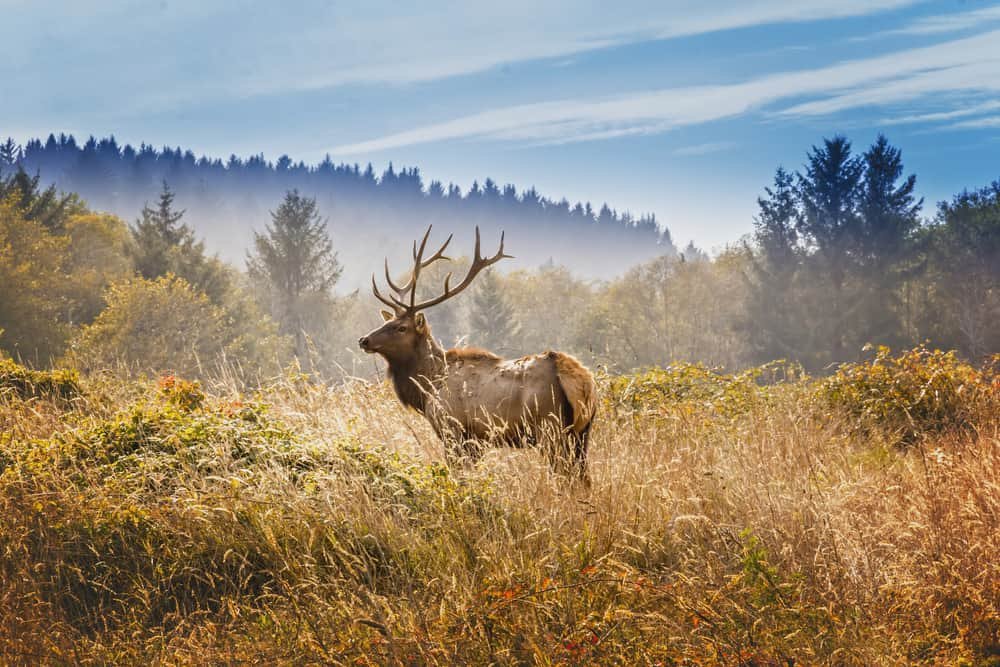
Elk: The Magnificent Species
Elks, also known as wapiti, are truly magnificent creatures that captivate our imagination with their grandeur. Standing tall and proud, elks command attention with their impressive physical characteristics and sheer size. These majestic beings belong to the deer family and are characterized by their striking antlers, which adorn the heads of male elks.
Physical Characteristics and Size of Elks
An adult bull elk typically measures about 7 to 10 feet (2.1 to 3 meters) in length from nose to tail, standing at a shoulder height of around 4.5 to 5 feet (1.4 to 1.5 meters). Their weight can range from roughly 500 to 1000 pounds (225 to 450 kilograms), depending on various factors such as subspecies and age.
The body structure of an elk is robust and muscular, exuding strength and vitality. Their fur varies in color throughout the year; during summer, it appears reddish-brown while transitioning into a darker brown for winter camouflage in their natural habitats.
Description of Their Impressive Antlers
One of the most captivating features of an elk is undoubtedly its extraordinary antlers. Antlers are bony extensions that grow from the frontal bones on an elk’s head each year, shedding them during winter only to regrow them again in springtime.
The size and intricacies of an elk’s antlers depend on various factors such as age, genetics, nutrition, and overall health. A fully grown bull elk’s antlers can reach lengths up to four feet or more (1.2 meters) from tip to tip, with numerous sharp tines branching off its main beams.
These magnificent appendages serve multiple purposes, including establishing dominance during mating rituals and intimidating rivals. Moreover, antlers are used for defense against predators and signaling strength and fertility to potential mates.
Differentiating Between Male (Bull) and Female (Cow) Elks
While both male and female elks possess a certain level of grace and beauty, distinct physical differences allow us to differentiate between them. Bulls tend to be larger in size and weight than their female counterparts.
Their muscular build, massive necks, and imposing antlers make them easily identifiable. On the other hand, cows exhibit a more petite physique with slender necks.
They lack the grandeur of antlers but compensate with a certain elegance in their appearance. Additionally, during calving season, cows may display maternal behaviors such as being protective over their calves.
Understanding the physical characteristics of elk is essential for appreciating their magnificence fully. By recognizing the unique attributes of these creatures – from their impressive size to their captivating antlers – we gain a deeper appreciation for the beauty they bring to nature’s tapestry.
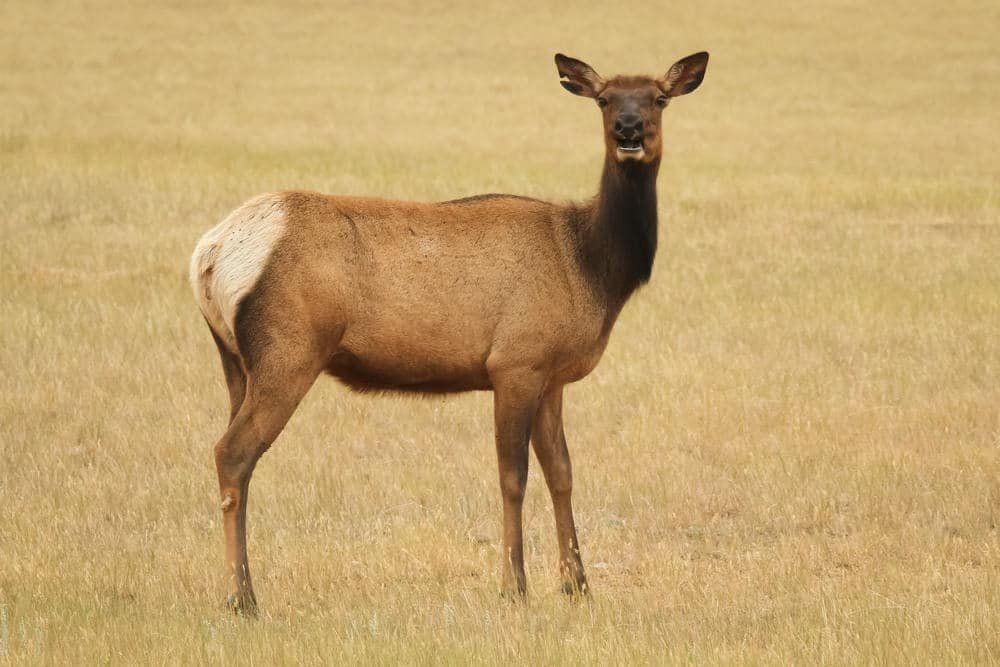
Habitat and Distribution
Elk are a fascinating species known for their ability to adapt and thrive in various habitats across the globe. This section provides an overview of the regions where elks can be found worldwide, highlighting the North American elk species (Cervus canadensis) and the Eurasian elk species (Alces alces).
Overview of the regions where elks can be found worldwide
Elks inhabit diverse ecosystems throughout North America, Europe, and Asia. In North America, they range from Alaska down to northern Mexico.
They are particularly abundant in forested areas with open grasslands, aspens, conifers, and shrubs. In Europe and Asia, elks are primarily found in boreal forests across Scandinavia, Russia, and Eastern Europe.
North American elk species (Cervus canadensis)
The North American elk species encompasses several different subspecies that have adapted to specific environments within their range. One such subspecies is the Rocky Mountain elk (Cervus canadensis nelsoni), which inhabits mountainous regions from Alberta through the Rocky Mountains into New Mexico.
These majestic creatures thrive in high-altitude areas with abundant vegetation for grazing. Another notable subspecies is the Roosevelt elk (Cervus canadensis roosevelti), named after President Theodore Roosevelt due to his efforts in conservation.
Roosevelt elks are primarily found along the Pacific Northwest coast of North America, ranging from Northern California to Vancouver Island. They prefer dense forests near coastal areas with ample food sources such as shrubs and grasses.
Eurasian elk species (Alces alces)
The Eurasian elk species, also commonly called moose in North America, is larger than its North American counterpart but shares many similarities. These magnificent creatures inhabit the boreal and taiga forests of Europe, Asia, and parts of Siberia.
They are most commonly found in Sweden, Finland, Norway, Russia, and Canada. Eurasian elks thrive in forested landscapes with numerous lakes, swamps, and marshy areas.
They have adapted to withstand harsh winters by growing long legs that enable them to traverse deep snow. These majestic animals rely on a diverse diet of aquatic plants, shrubs, twigs, bark, and even underwater vegetation during the warmer months.
Understanding elk habitat preferences and distribution patterns allows photographers and nature enthusiasts to plan their expeditions effectively while respecting these creatures’ natural environments. Whether exploring the pristine wilderness of North America or venturing into the enchanting forests of Europe and Asia, capturing stunning elk pictures becomes an awe-inspiring experience when harmonizing with their chosen habitats.
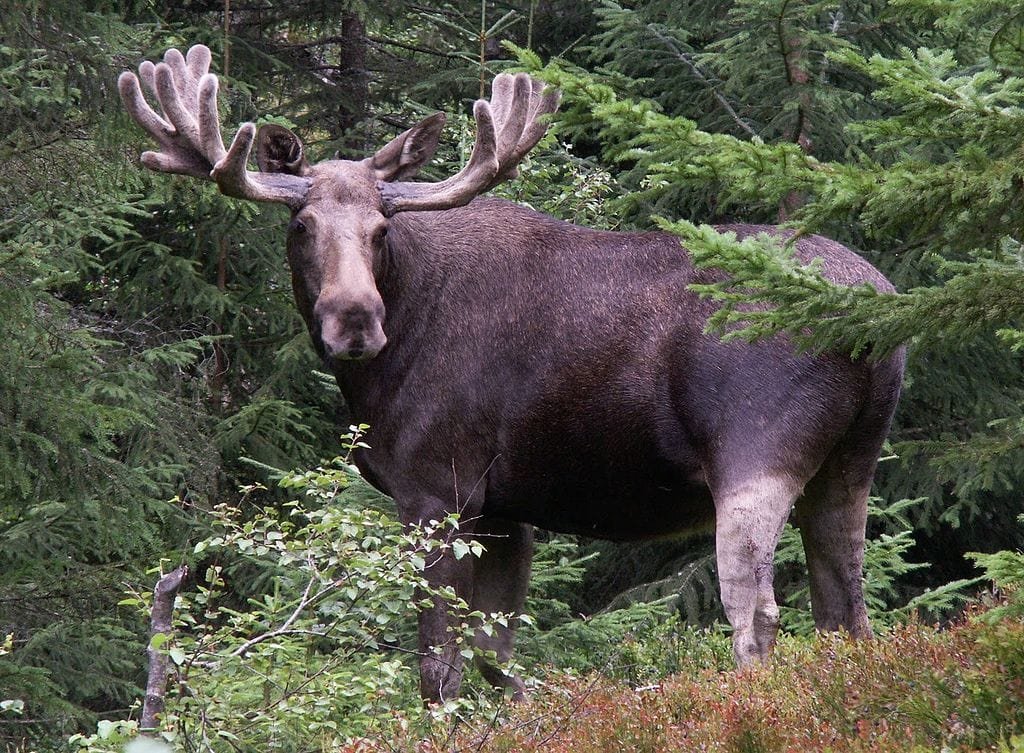
Elk Behavior and Social Structure
Elks, known for their majestic presence, exhibit fascinating behavior and possess a complex social structure. Understanding the dynamics of elk herds can provide invaluable insights into their lives in the wild.
Elk herds, also called bands, typically consist of female cows and their calves, along with a few mature bulls. These herds are not fixed and can vary in size and composition depending on factors such as season and availability of resources.
Insight into Elk Herds and Hierarchy within Them
Within an elk herd, there exists a hierarchical structure that helps maintain order and balance. Dominant males, known as bulls, establish their dominance through intense battles during the rutting season.
In the rutting season, male elks compete vigorously for mating rights with females. These battles are awe-inspiring displays of strength as bulls clash antlers in fierce combat, emitting powerful vocalizations to assert dominance.
Dominance Battles Among Bulls During the Rutting Season
The rutting season is critical for male elks to secure breeding opportunities while demonstrating their prowess to potential mates. Dominant bulls engage in relentless clashes to establish supremacy within the herd.
These duels involve locking antlers, shoving matches, and intimidating size displays. The victor earns the privilege to mate with receptive females and pass his genes to future generations.
Cow-Calf Relationships and Nurturing Behavior
The bond between cow elks (females) and their calves is remarkable. After giving birth each spring or early summer, cows nurture their offspring through attentive care.
Cow-elk relationships are characterized by constant vigilance as they protect their young ones from predators while leading them toward abundant grazing areas for sustenance. Cow elk provide nourishment and guidance to their calves, teaching them essential survival skills.
These nurturing behaviors teach them how to navigate challenging terrains, recognize potential threats, and select nutritious vegetation. The strong mother-calf bond ensures the survival and growth of the future elk generation.
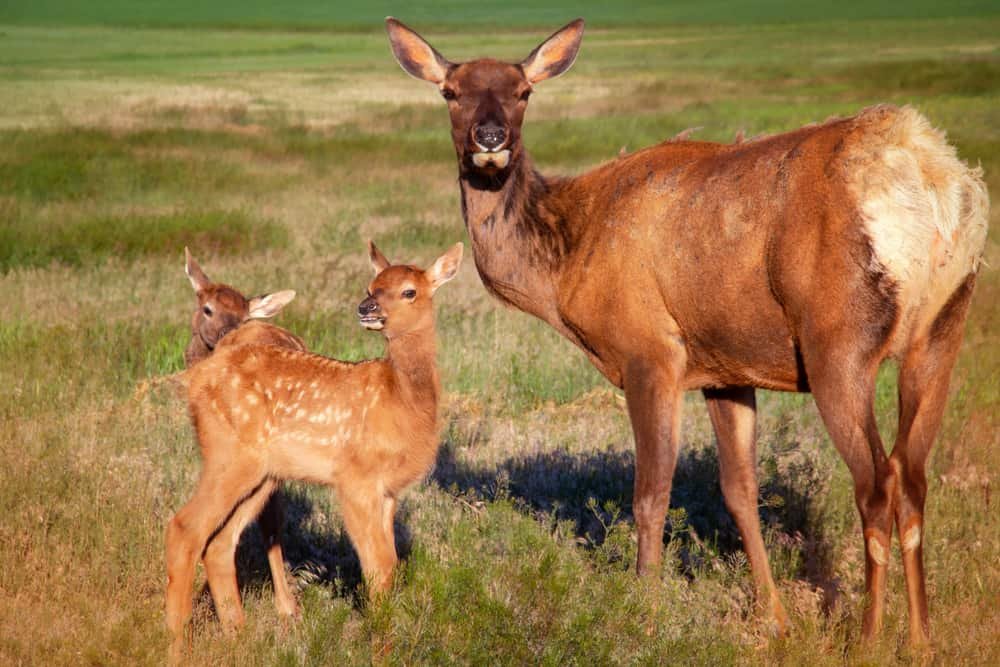
Photographing Elk: Techniques and Tips for Capturing Stunning Images
Equipment recommendations for wildlife photography enthusiasts
When photographing majestic creatures like elk, having the right equipment is crucial. Wildlife photography enthusiasts should consider investing in high-quality camera bodies with fast autofocus capabilities.
These camera bodies will allow photographers to quickly and accurately focus on their subjects, ensuring they capture those fleeting moments of beauty precisely. Additionally, cameras with high burst rates can be advantageous as they enable continuous shooting rapidly, increasing the chances of capturing the perfect shot amidst an elk’s graceful movements.
Camera bodies with fast autofocus capabilities
When selecting a camera body for elk photography, look for models with advanced autofocus systems. These systems should have multiple focus points that cover a wide area of the frame, enabling you to track moving elks effectively.
The camera’s autofocus speed should be fast and reliable to ensure that you capture sharp images even when the subject is in motion or challenging lighting conditions. High-end DSLR cameras often offer superior autofocus capabilities suitable for wildlife photography due to their advanced sensors and powerful processors.
Lenses suitable for capturing wildlife from a safe distance
To capture stunning images of elks while respecting their personal space and ensuring your safety, it is essential to have lenses suitable for long-range shooting. Telephoto lenses with focal lengths between 200mm and 600mm are ideal.
They allow you to maintain a comfortable distance from these magnificent animals, minimizing disturbances while capturing intricate details of their features.
Teleconverters can extend your lenses’ effective reach further while maintaining image quality. Remember to use sturdy tripods or monopods to stabilize your equipment when using longer lenses and achieve crisp images without any blurriness caused by handholding.
Equipping yourself with camera bodies that possess fast autofocus capabilities and pairing them with appropriate telephoto lenses will enhance your ability to capture the beauty of elks in their natural habitat.
These tools ensure optimal focus and allow distance shooting, enabling you to preserve the majesty of these creatures while maintaining a respectful distance.
Capturing the Essence: Composition and Lighting Tips
Choosing the right time of day for optimal lighting conditions
Elk photography can be greatly enhanced by understanding the importance of lighting. Choosing the right time of day for optimal lighting conditions is crucial to capturing stunning images that truly showcase the grandeur of elks in their natural habitat.
The golden hours, which occur during sunrise and sunset, provide soft, warm light that adds depth and texture to your photographs. During these periods, the sun’s low angle creates long shadows and a beautiful golden glow that enhances elk’s natural colors and surroundings.
Avoiding harsh midday sunlight is essential as it can cause overexposure and flatten details in your images. Planning your photography sessions around these ideal lighting conditions will give you much more chance of capturing breathtaking shots.
Composing shots to highlight the grandeur of elk in their natural habitat
Composing your elk pictures thoughtfully is key to capturing their grandeur and creating visually captivating images. When photographing elk, consider using wide-angle lenses to emphasize their majestic size against expansive landscapes.
This allows viewers to appreciate the elk and its surroundings within one frame. Additionally, incorporating leading lines (e.g., a meandering river or a winding path) can guide the viewer toward the main subject – an elegant elk in its natural habitat.
The rule of thirds is another compositional technique that can elevate your elk pictures. By dividing your frame into thirds vertically and horizontally using imaginary lines, you can position your subject off-center at one or more intersection points.
This creates a balanced yet dynamic composition that draws attention to the elk and its environment. Be patient when composing your shot – wait for unique moments when an elk might engage in interesting behavior or be positioned against a visually appealing backdrop.
These moments will infuse your photographs with a sense of life and authenticity, capturing the essence of elk in their natural habitat. Remember, practice and experimentation with different composition techniques and lighting conditions will enable you to refine your skills as an elk photographer.
Elk Photography: Respecting Their Environment
Maintaining a safe distance to avoid disturbing animals
When photographing elk or any wildlife, respecting their space and maintaining a safe distance is crucial. Getting too close can cause stress and anxiety for the animals, leading to altered behavior or potential danger. It’s important to remember that we are visitors in their natural habitat, and we must prioritize their well-being over capturing the perfect shot.
Utilize zoom or telephoto lenses to capture detailed images without intruding upon their personal space. By keeping a respectful distance, we can observe these majestic creatures’ natural behaviors while minimizing our impact on their environment.
Tips on minimizing human impact
Sensitive ecosystems where elks reside require extra care when photographing them. By following a few simple guidelines, we can ensure minimal disruption to both the elk and their environment.
Firstly, always stick to designated trails or paths to avoid trampling on delicate vegetation or damaging habitats. Additionally, be mindful of any signs indicating restricted areas or protected zones and adhere to them strictly.
Avoid loud noises or sudden movements that could startle the elks or nearby wildlife. Refrain from littering or leaving any traces of human presence behind; let’s leave nothing but footprints and take nothing but pictures.
Conclusion
In our quest to capture stunning elk pictures, we must do so with utmost respect for nature and its inhabitants. By staying safe from these magnificent creatures, we can observe them without causing unnecessary stress or disturbance.
Minimizing our impact by following proper etiquette in sensitive areas ensures the preservation of these ecosystems for future generations of photographers and nature enthusiasts alike.
Let us approach wildlife photography as responsible stewards of nature—preserving the beauty of these creatures and their habitats while positively impacting the environment.


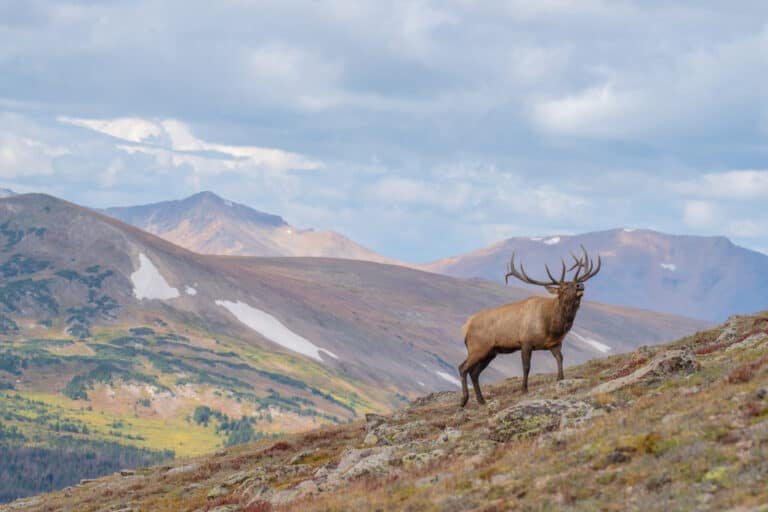
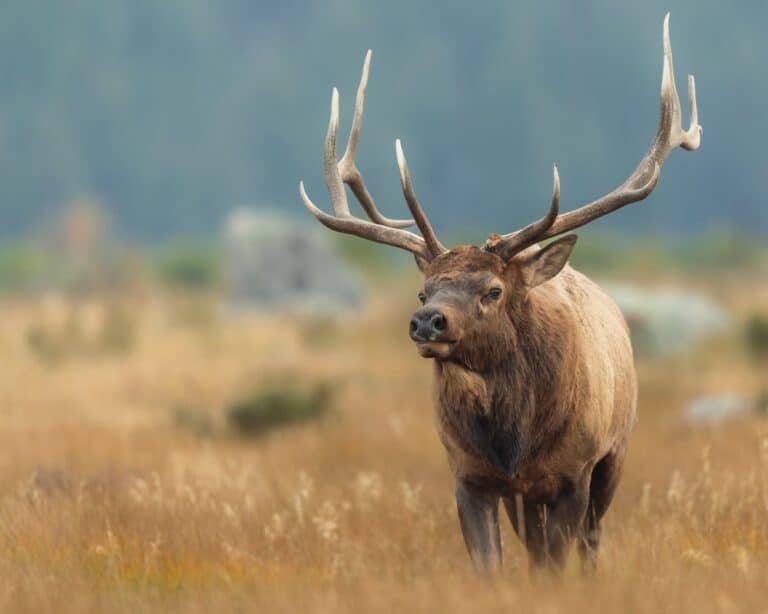
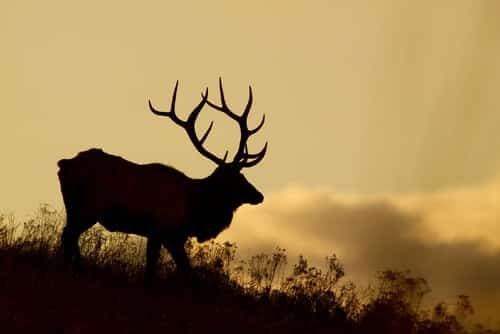
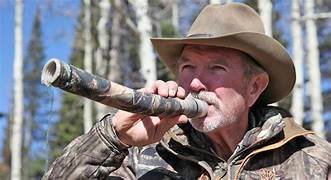
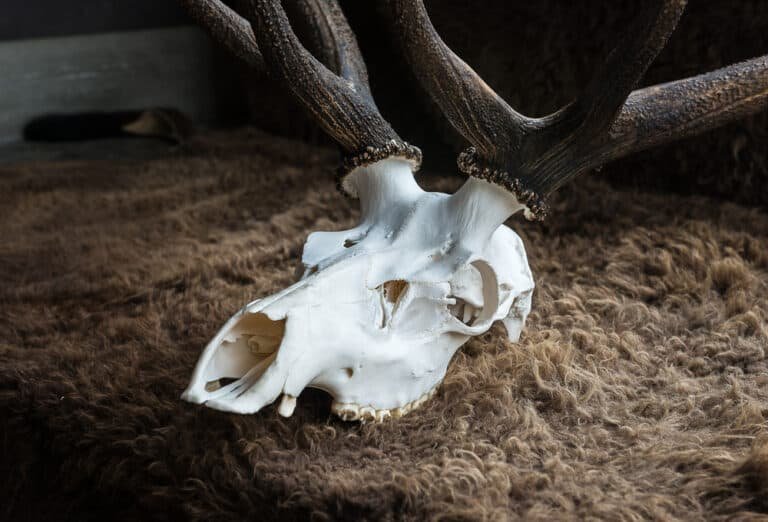
Самые свежие новинки модного мира.
Абсолютно все мероприятия всемирных подуимов.
Модные дома, бренды, haute couture.
Самое лучшее место для модных людей.
https://egomoda.ru/
Несомненно свежие события подиума.
Исчерпывающие мероприятия всемирных подуимов.
Модные дома, торговые марки, высокая мода.
Интересное место для модных хайпбистов.
https://whitesneaker.ru/
Очень свежие события модного мира.
Исчерпывающие новости известнейших подуимов.
Модные дома, лейблы, высокая мода.
Интересное место для стильныех людей.
https://urban-moda.ru/
Абсолютно актуальные новости подиума.
Актуальные эвенты лучших подуимов.
Модные дома, торговые марки, гедонизм.
Самое лучшее место для трендовых хайпбистов.
https://worldsfashion.ru/
pharmacies in mexico that ship to usa
https://cmqpharma.com/# best online pharmacies in mexico
buying prescription drugs in mexico online
I like this site very much, Its a really nice berth to read
and find information.Blog monetyze
india online pharmacy: india pharmacy – india pharmacy
online shopping pharmacy india top 10 pharmacies in india best india pharmacy
https://canadapharmast.online/# best canadian online pharmacy
prescription drugs canada buy online: recommended canadian pharmacies – canadianpharmacymeds
mexican pharmaceuticals online: mexico pharmacies prescription drugs – medicine in mexico pharmacies
canadian pharmacy scam: onlinecanadianpharmacy – legal to buy prescription drugs from canada
canada drugs online reputable canadian online pharmacies canadian pharmacy uk delivery
my canadian pharmacy reviews: pharmacy wholesalers canada – canadian drug stores
canadian pharmacy antibiotics: best canadian pharmacy to buy from – canadian drug stores
http://canadapharmast.com/# canadian drugs pharmacy
canada drug pharmacy: cross border pharmacy canada – canadian pharmacy 365
medication from mexico pharmacy mexican pharmacy mexico pharmacies prescription drugs
safe canadian pharmacies: pharmacy canadian superstore – adderall canadian pharmacy
indian pharmacy online: mail order pharmacy india – best online pharmacy india
http://indiapharmast.com/# reputable indian pharmacies
india pharmacy mail order: pharmacy website india – best online pharmacy india
mexican rx online mexican pharmaceuticals online mexican drugstore online
п»їbest mexican online pharmacies: mexico drug stores pharmacies – mexican pharmaceuticals online
medication from mexico pharmacy: reputable mexican pharmacies online – mexico drug stores pharmacies
https://clomiddelivery.pro/# how can i get cheap clomid online
http://clomiddelivery.pro/# cheap clomid without dr prescription
https://doxycyclinedelivery.pro/# 3626 doxycycline
http://clomiddelivery.pro/# where can i get clomid prices
https://doxycyclinedelivery.pro/# can you buy doxycycline over the counter in india
http://amoxildelivery.pro/# amoxicillin 500mg tablets price in india
http://clomiddelivery.pro/# where to buy clomid
https://clomiddelivery.pro/# where to buy clomid
https://paxloviddelivery.pro/# paxlovid buy